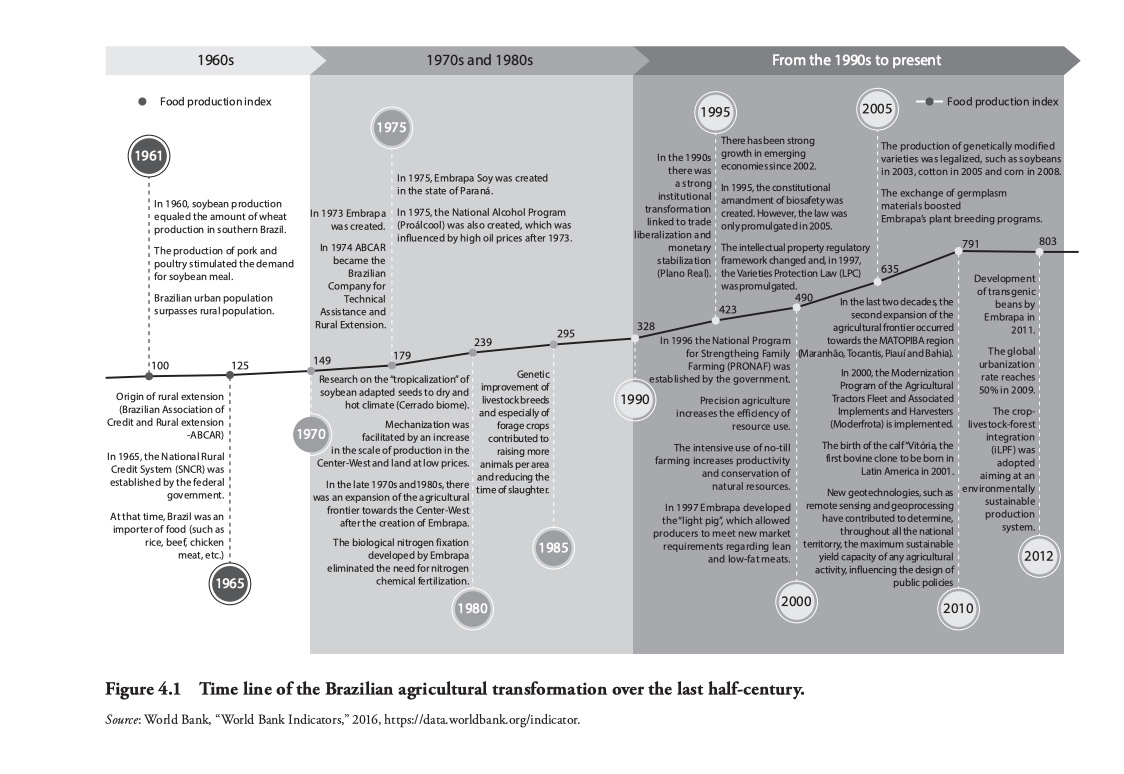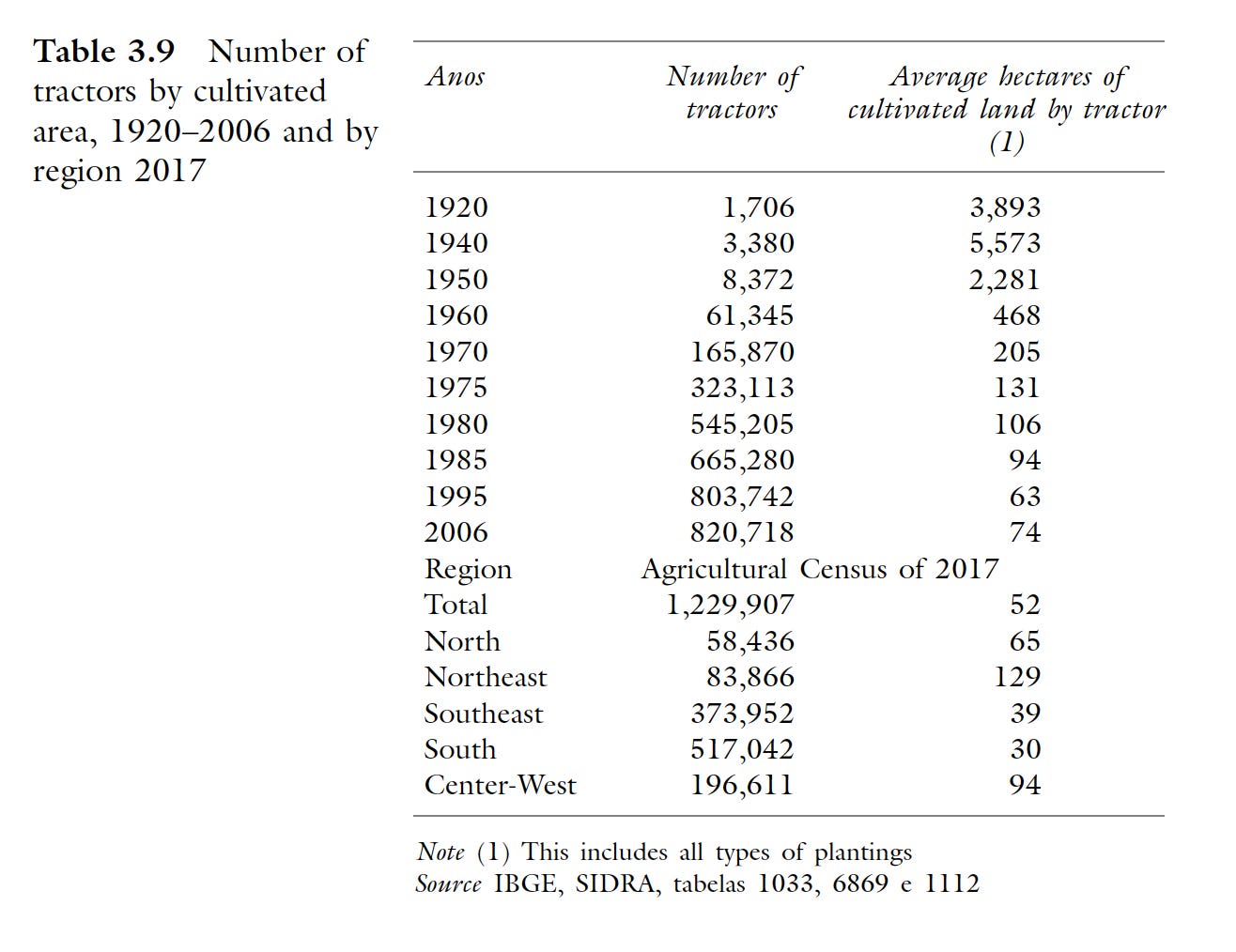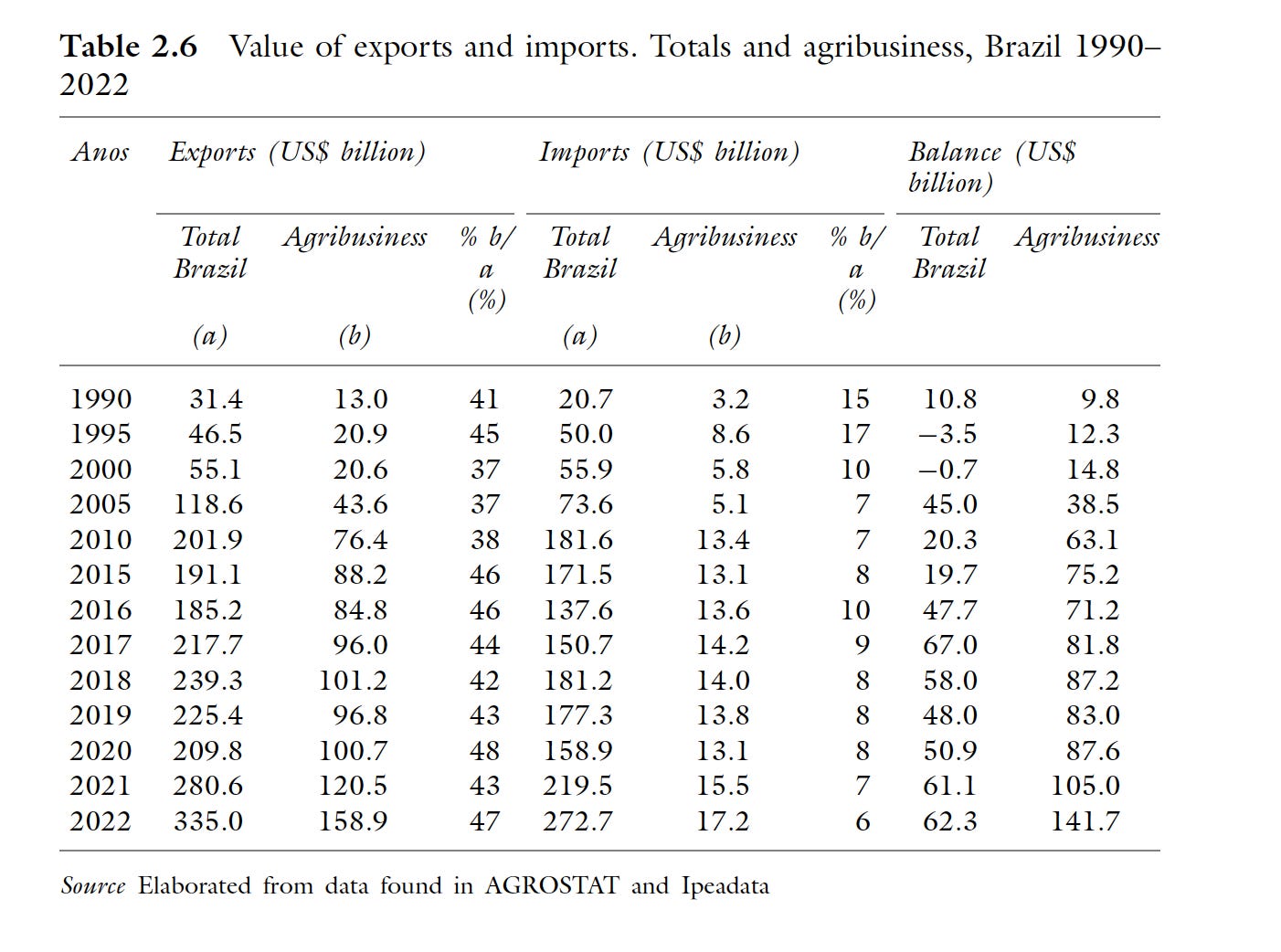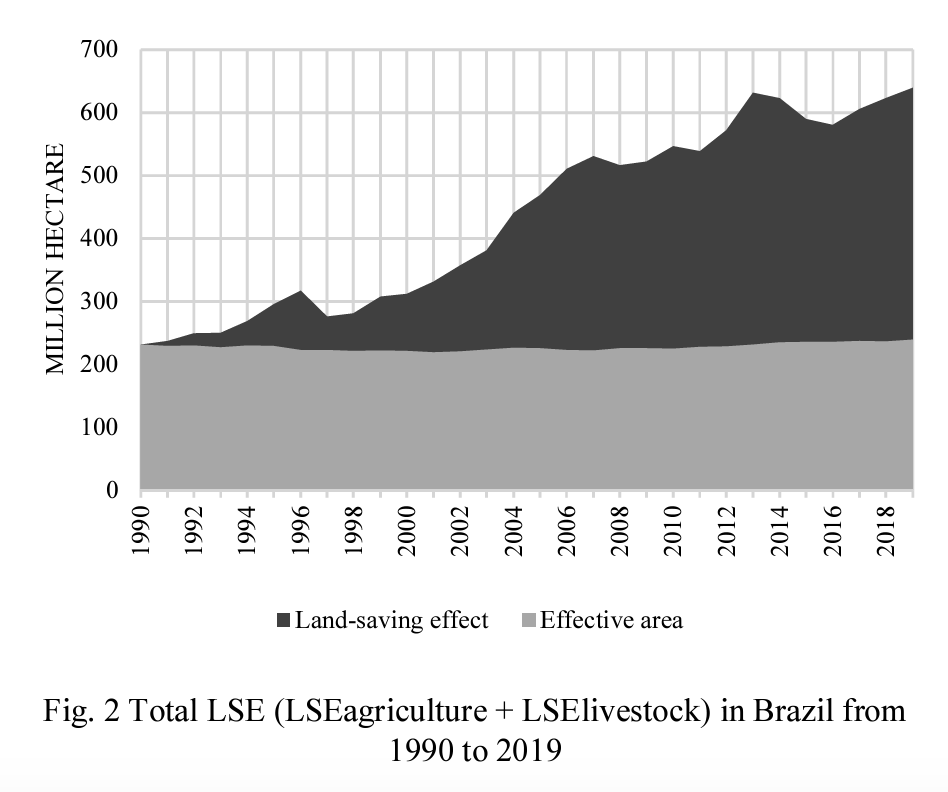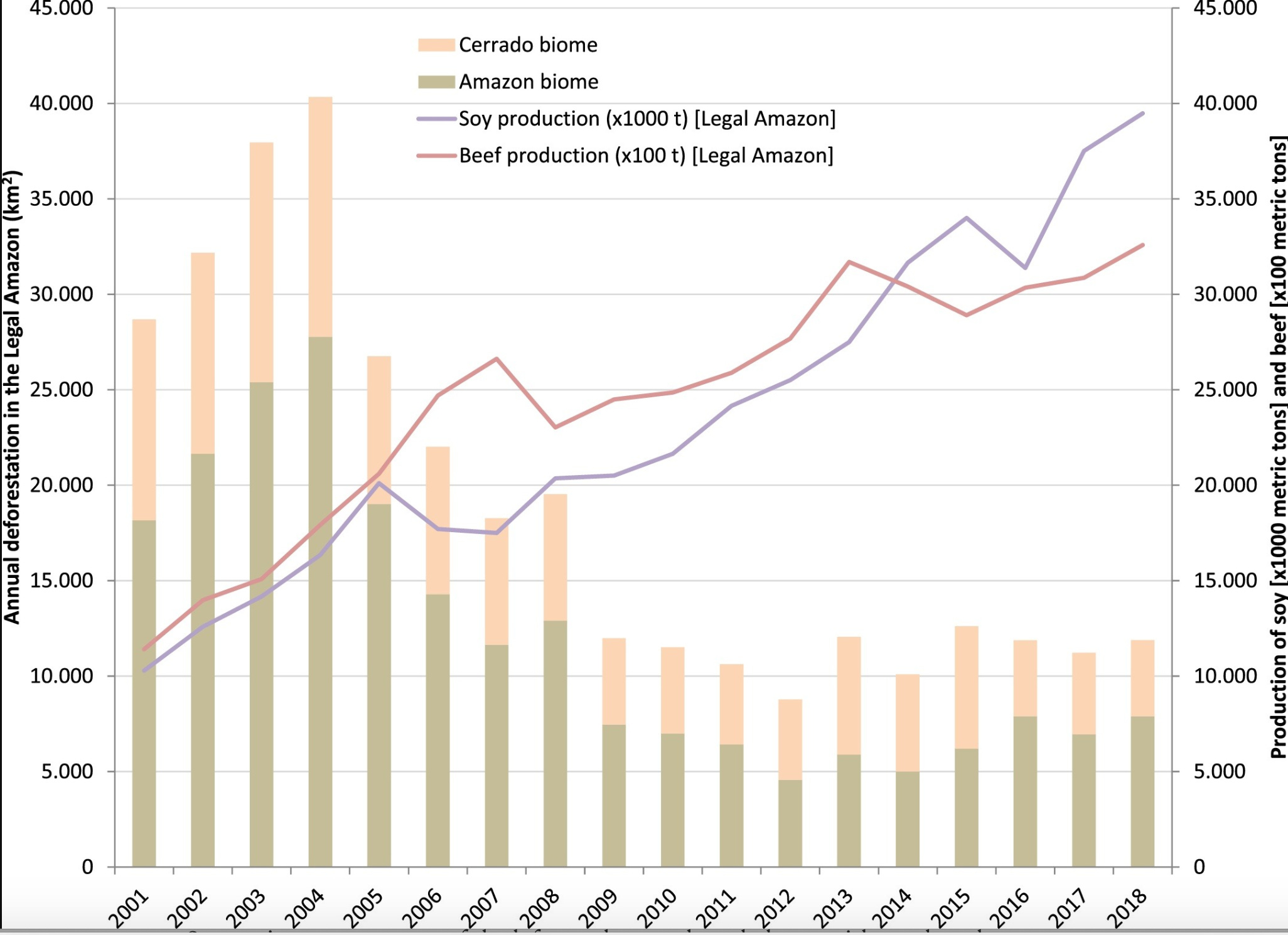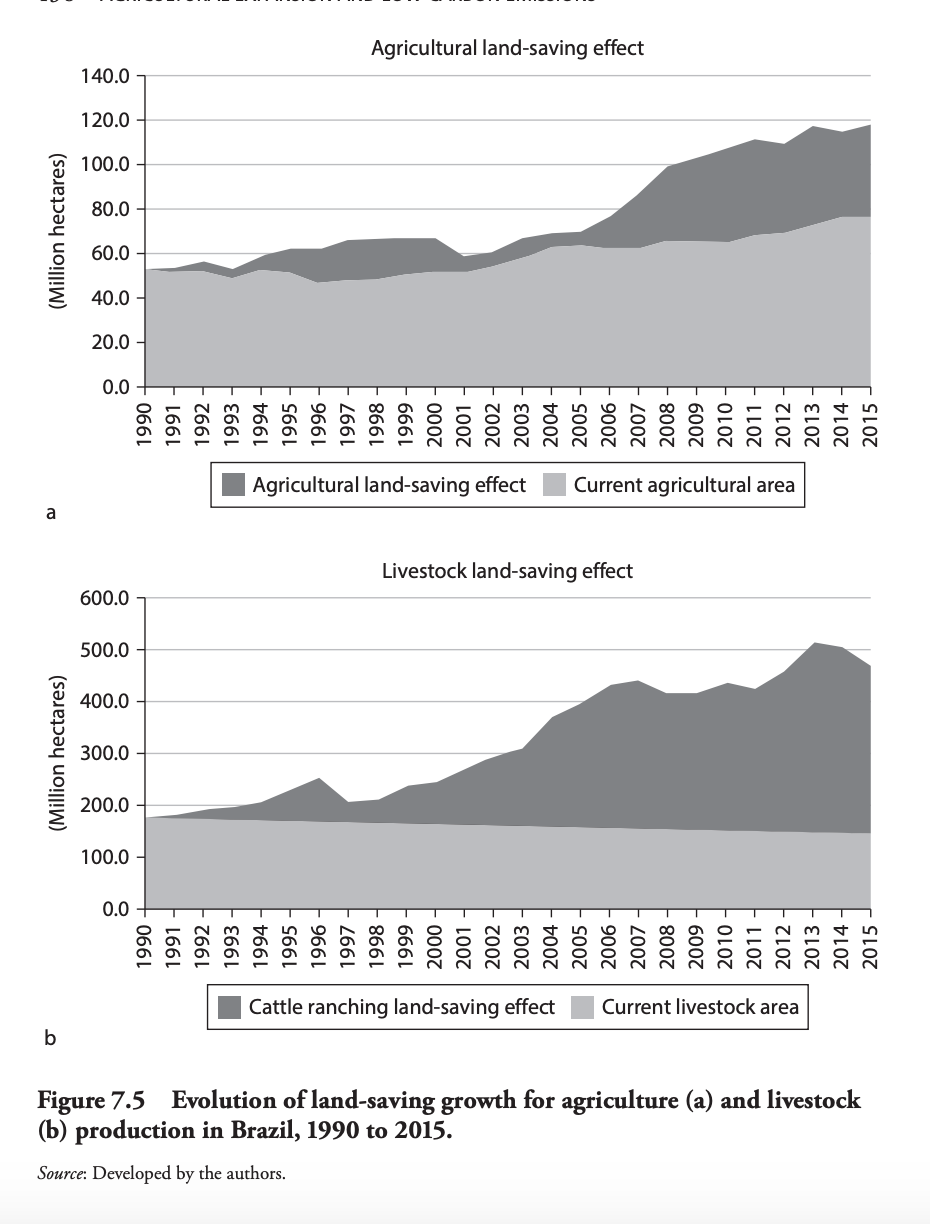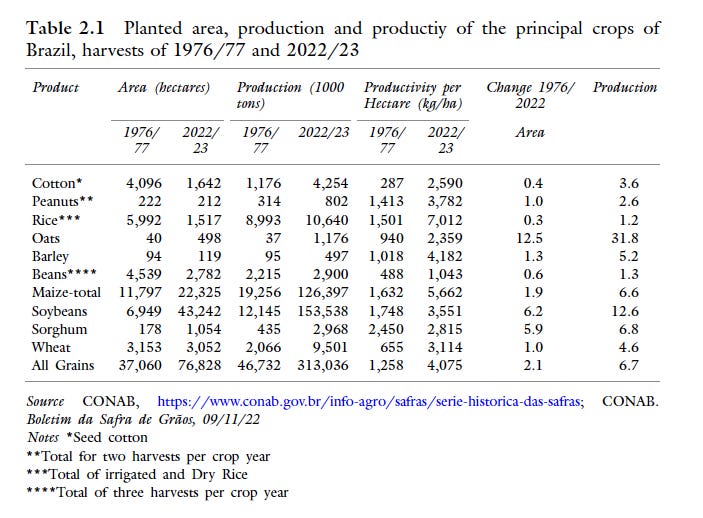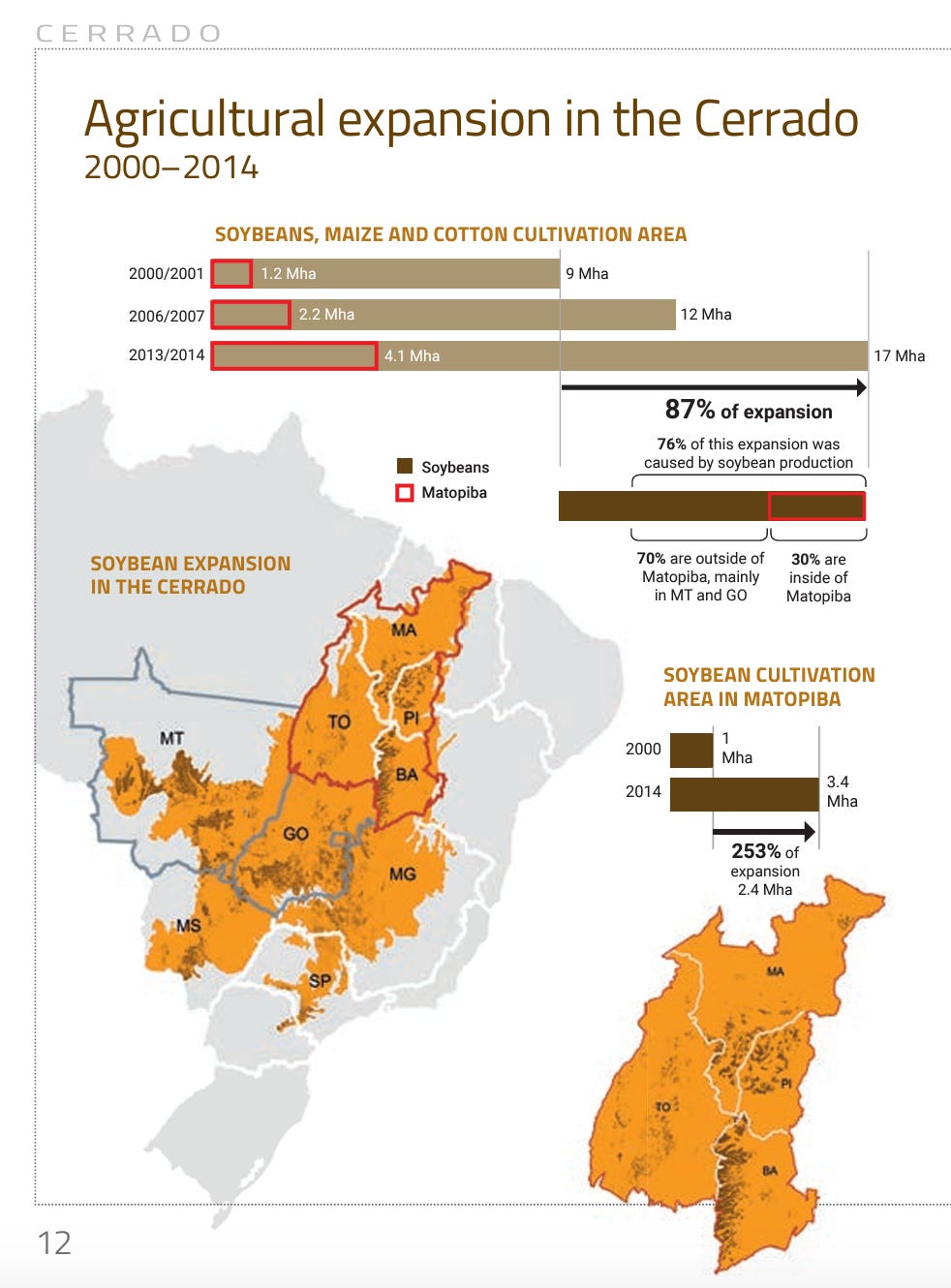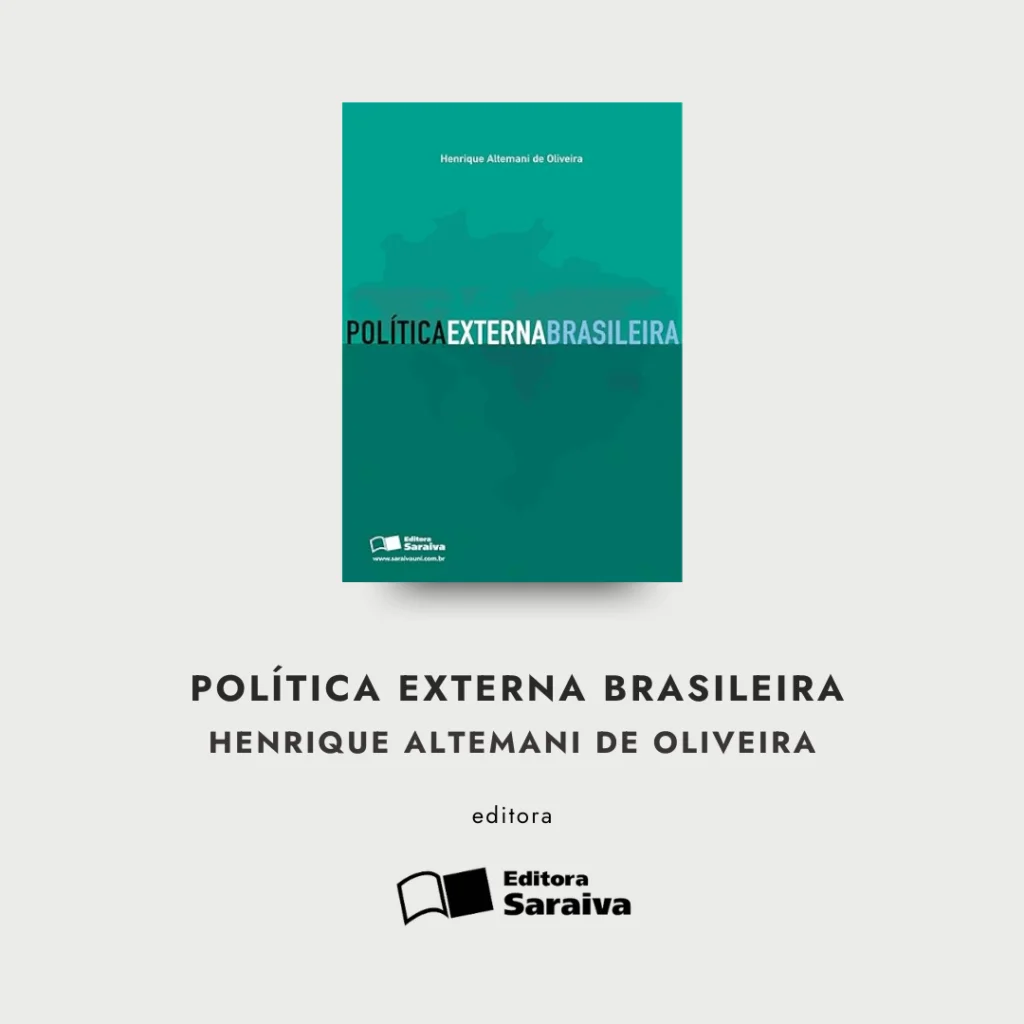Trajetória de Paulo Roberto de Almeida nas relações internacionais, nas relações exteriores do Brasil e na diplomacia brasileira: um itinerário acadêmico-prático
Paulo Roberto de Almeida
Relação de meus trabalhos nos campos afetos à política internacional e do Brasil, como refletido em livros publicados desde os anos 1990.
Seleção dos livros publicados por editoras comerciais: 23
1) 55) Intelectuais na diplomacia brasileira: a cultura a serviço da nação (Brasília: 15 maio 2023, 310 p.; em publicação. Relação de trabalhos n. 4397)
2) 50) Apogeu e demolição da política externa: itinerários da diplomacia brasileira (Curitiba: Appris, 2021, 291 p.; ISBN: 978-65-250-1634-4)
3) 36) Miséria da diplomacia: a destruição da inteligência no Itamaraty (Boa Vista: Editora da UFRR, 2019, 165 p.; ISBN livro impresso: 978-85-8288-201-6; ISBN livro eletrônico: 978-85-8288-202-3)
4) 35) Contra a corrente: Ensaios contrarianistas sobre as relações internacionais do Brasil (2014-2018) (Curitiba: Appris, 2019, 247 p.; ISBN: 978-85-473-2798-9)
5) 33) O homem que pensou o Brasil: trajetória intelectual de Roberto Campos (Curitiba: Appris, 2017, 373 p.;ISBN: 978-8547304850)
6) 32) Formação da diplomacia econômica no Brasil: as relações econômicas internacionais no Império (3ª edição; Brasília: Funag, 2017; 2 vols.; 964 p.; ISBN: 978-85-7631-675-6).
7) 31) Nunca Antes na Diplomacia…: a política externa brasileira em tempos não convencionais (Curitiba: Editora Appris, e-book, 2016, 450 p.; 1366 KB; Kindle, ASIN: B0758G8BXL).
8) 21) Nunca Antes na Diplomacia...: A política externa brasileira em tempos não convencionais (Curitiba: Editora Appris, 2014, 289 p.; ISBN: 978-85-8192-429-8).
9) 19) Integração Regional: uma introdução (São Paulo: Saraiva, 2013, 192 p.; ISBN: 978-85-02-19963-7).
10) 18) Relações internacionais e política externa do Brasil: a diplomacia brasileira no contexto da globalização (Rio de Janeiro: LTC, 2012, 328 p.; ISBN: 978-85-216-2001-3).
11) 17) Globalizando: ensaios sobre a globalização e a antiglobalização. Rio de Janeiro: Lumen Juris Editora, 2010, xx+272 p.; ISBN: 978-85-375-0875-6).
12) 14) O Estudo das Relações internacionais do Brasil: um diálogo entre a diplomacia e a academia (Brasília: LGE Editora, 2006, 385 p.; ISBN: 85-7238-271-2).
13) Formação da diplomacia econômica no Brasil: as relações econômicas internacionais no Império (2ª edição; São Paulo: Editora Senac, 2005, 680 pp., ISBN: 85-7359-210-9).
14) 12) Relações internacionais e política externa do Brasil: história e sociologia da diplomacia brasileira (2ª ed.: revista, ampliada e atualizada; Porto Alegre: Editora da UFRGS, 2004, 440 p.; ISBN: 85-7025-738-4).
15) 09) Os primeiros anos do século XXI: o Brasil e as relações internacionais contemporâneas (São Paulo: Editora Paz e Terra, 2002, 286 p.; ISBN: 85-219-0435-5).
16) 8) Formação da diplomacia econômica no Brasil: as relações econômicas internacionais no Império (São Paulo: Editora Senac, 2001, 680 pp., ISBN: 85-7359-210-9).
17) 7) Le Mercosud: un marché commun pour l’Amérique du Sud. Paris : L’Harmattan, 2000, 160 p.; ISBN: 2-7384-9350-5).
18) 6) O estudo das relações internacionais do Brasil (São Paulo: Editora da Universidade São Marcos, 1999, 300 p.; ISBN: 85-86022-23-3).
19) 5) O Brasil e o multilateralismo econômico (Porto Alegre: Livraria do Advogado Editora, na coleção “Direito e Comércio Internacional”, 1999, 328 p.; ISBN: 85-7348-093-9).
20) 4) Velhos e novos manifestos: o socialismo na era da globalização (São Paulo: Editora Juarez de Oliveira, 1999, 96 p.; ISBN: 85-7441-022-5).
21) 3) Mercosul: Fundamentos e Perspectivas (São Paulo: Editora LTr, 1998, 160 p.; ISBN: 85-7322-548-3).
22) 2) Relações internacionais e política externa do Brasil: dos descobrimentos à globalização (Porto Alegre: Editora da UFRGS, 1998, 360 p.; ISBN: 85-7025-455-5).
23) O Mercosul no contexto regional e internacional (São Paulo: Edições Aduaneiras, 1993, 204 p.; ISBN: 85-7129-098-9).
Seleção dos livros publicados digitalmente: 19
1) 51) A grande ilusão do Brics e o universo paralelo da diplomacia brasileira (Brasília: Diplomatizzando, 2022, 277 p.; 1377 KB; ISBN: 978-65-00-46587-7; ASIN: B0B3WC59F4)
2) 49) O Itamaraty sequestrado: a destruição da diplomacia pelo bolsolavismo, (Brasília: Diplomatizzando, 2021, 130 p. ISBN: 978-65-00-22215-9; ASIN: B094V28NGD)
3) 48) Uma certa ideia do Itamaraty: a reconstrução da política externa e a restauração da diplomacia brasileira(Brasília: Diplomatizzando, 2020, 169 p.; ISBN: 978-65-00-19254-4; Academia.edu)
4) 46) A ordem econômica mundial e a América Latina: ensaios sobre dois séculos de história econômica (Brasília: Diplomatizzando, 2020; 394 p.; 2286 KB; ISBN: 978-65-00-05967-0; Kindle, ASIN: B08CCFDVM2)
5) 45) O Mercosul e o regionalismo latino-americano: ensaios selecionados, 1989-2020 (Brasília: Diplomatizzando, 2020; 497 p.; 2537 KB; ISBN: 978-65-00-05970-0; Kindle, ASIN: B08BNHJRQ4)
6) 44) O Itamaraty num labirinto de sombras: ensaios de política externa e de diplomacia brasileira (Brasília: Diplomatizzando, 2020; 205 p.; 1309 KB; ISBN: 978-65-00-05968-7; Kindle, ASIN: B08B17X5C1).
7) 41) Minhas colaborações a uma biblioteca eletrônica: contribuições a periódicos do sistema SciELO (Brasília: Edição de Autor, 2019, 525 p.; 920 KB; Kindle, ASIN: B08356YQ6S).
8) 40) Paralelos com o Meridiano 47: Ensaios Longitudinais e de Ampla Latitude (Brasília, Edição do Autor, 2019, 543 p.; 1908 KB; Kindle, ASIN: B082Z756JH).
9) 39) O panorama visto em Mundorama: ensaios irreverentes e não autorizados (Brasília: 2ª. edição do Autor, 2019, 655 p.; 5725 KB; Academia.edu; Kindle, ASIN: B082ZNHCCJ).
10) 38) Pontes para o mundo no Brasil: minhas interações com a RBPI (Brasília, Edição do Autor, 2019, 685 p.; 1693 KB; Kindle, ASIN: B08336ZRVS).
11) 36) Miséria da diplomacia: a destruição da inteligência no Itamaraty (Brasília: Edição do autor, 2019, 184 p., ISBN: 978-65-901103-0-5; Academia.edu; Amazon.com.br)
12) 29) Die brasilianische Diplomatie aus historischer Sicht: Essays über die Auslandsbeziehungen und Außenpolitik Brasiliens (Saarbrücken: Akademiker Verlag, 2015, 204 p.; Übersetzung aus dem Portugiesischen ins Deutsche: Ulrich Dressel; ISBN: 978-3-639-86648-3; Amazon.com; Amazon.com.br).
13) 28) O Panorama visto em Mundorama: Ensaios Irreverentes e Não Autorizados (Hartford: 2a. edição do autor, 2015, 294 p.; DOI: 10.13140/RG.2.1.4406.7682; nova edição, ampliada dos artigos até o final de 2015, em 4/12/2015, em 374 p.; Research Gate; edição original: Academia.edu)
14) 27) Paralelos com o Meridiano 47: Ensaios Longitudinais e de Ampla Latitude (Hartford: Edição do Autor, 2015; 543 p.; 1908 KB; DOI: 10.13140/RG.2.1.1916.4006; Academia.edu; ASIN: B082Z756JH; Research Gate).
15) 26) Volta ao Mundo em 25 Ensaios: Relações Internacionais e Economia Mundial (Brasília: 1ª edição: 2014; 2ª. edição: 2018; Kindle edition; 809 KB; ASIN: B00P9XAJA4).
16) 25) Rompendo Fronteiras: a Academia pensa a Diplomacia (Kindle, 2014, 414 p.; 1324 KB; ASIN: B00P8JHT8Y).
17) 24)Codex Diplomaticus Brasiliensis: livros de diplomatas brasileiros (Kindle, 2014, 326 p.; ASIN: B00P6261X2; Academia.edu; ).
18) 23) Polindo a Prata da Casa: mini-resenhas de livros de diplomatas (Kindle edition, 2014, 151 p., 484 KB; ASIN: B00OL05KYG).
19) 22) Prata da Casa: os livros dos diplomatas (Hartford: edição para a Funag, 2013, 667 p; não publicada; disponível em Research Gate; 2ª. edição de Autor; 16/07/2014, 663 p.; Academia.edu; Research Gate).
Brasília, 8 abril 2024

